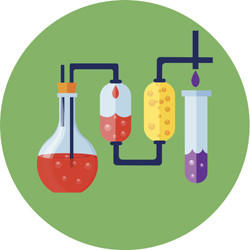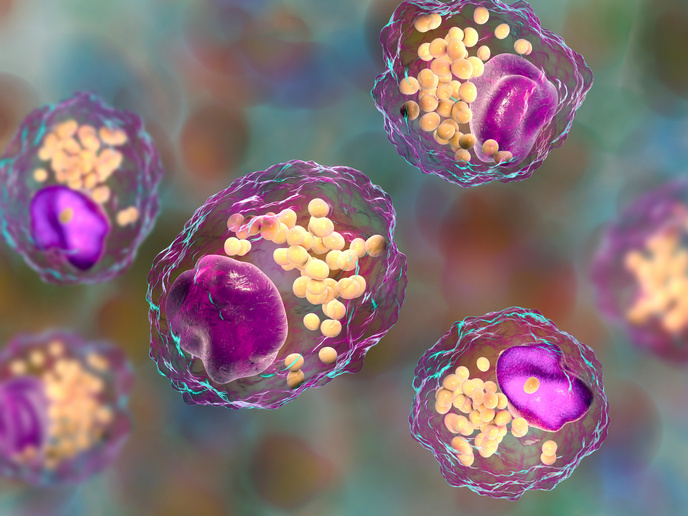Enzymes to replace classical chemistry
Amines are important chemical intermediates that are extensively exploited in the production of polymers, pharmaceuticals and other chemicals. A very popular example is 6-aminocaproic acid, a compound used in the production of polyamide polymers in applications such as textiles, floor coverings or other nylon-type products. The conventional chemical synthesis route entails the use of phenol and has a significant energy and waste pattern. To resolve this, scientists on the EU-funded 'Amine synthesis through biocatalytic cascades' (AMBIOCAS) project proposed to synthesise amines by exploiting the catalytic activity of transaminase enzymes. To this end, various mutant transaminases were genetically engineered and a library was created. These mutants were designed based on the elucidation of the three-dimensional structures of several transaminases by protein X-ray crystallography. The long-term plan was to use these enzymes in biotechnology applications to synthesise amine functional groups in various commercial products. Following the identification of the transaminase enzymes that would catalyse the conversion to amines, enzymatic cascades were designed for obtaining extra chemical functionality. A series of issues had to be overcome first, including the unfavourable thermodynamic equilibrium of converting a ketone to an amine. Detailed analysis of the kinetics and energy parameters of the reaction led to the optimisation of reaction conditions and enzyme properties. A key innovative step in the AMBIOCAS enzymatic cascade was the co-factor regeneration during the multi-step process without the need for intermediate isolation. Overall, this simplified the synthesis of 6-aminocaproic acid in six enzymatic steps. Given the high activity and selectivity of enzymes, the AMBIOCAS enzyme-based method holds significant economic benefits with the cleaner synthesis of desired products. This technology will limit the exposure to toxic, flammable and explosive hazards commonly encountered in the chemical industry.
Keywords
Enzymatic, chemistry, amine, phenol, transaminase, mutants, biotechnology







